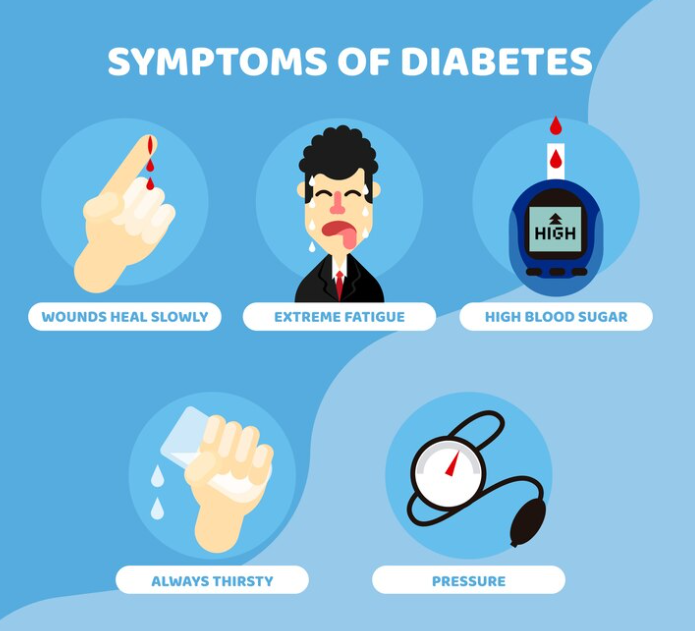
The Role of Hormones in Complications of Diabetic Gangrene: Risks and Preventive Measures
Understanding Diabetic Gangrene: Risks, Hormones, and Prevention
Diabetic gangrene is a severe complication of diabetes that can lead to several serious health issues, including infections, amputation, and delayed healing. Therefore, understanding the role hormones play in this condition, as well as taking preventive steps, is crucial for effective management.
Complications of Diabetic Gangrene
Diabetic gangrene can lead to a range of complications, such as:
- Infection: Gangrene increases the risk of bacterial infections, which can spread quickly, potentially leading to sepsis—a life-threatening condition.
- Amputation: In some cases, if the infection is severe, amputation of the affected limb may be required to stop it from spreading further.
- Poor Healing: People with diabetes often experience delayed wound healing, which increases the chances of secondary infections and further complications.
Thus, timely intervention is essential to reduce these risks and improve recovery outcomes.
The Role of Hormones in Diabetic Gangrene
Hormonal imbalances can significantly worsen complications of diabetic gangrene. For instance, hormones like insulin are vital for regulating blood sugar and promoting wound healing.
When hormone levels fluctuate, these processes can be disrupted, which, in turn, heightens the risk of gangrene and related complications.
Consequently, maintaining stable hormone levels is crucial in preventing the exacerbation of diabetic gangrene.
Preventive Measures to Reduce the Risk
There are several preventive steps that can help manage the risks associated with diabetic gangrene:
- Blood Sugar Control: First and foremost, maintaining stable blood sugar levels through diet, exercise, and medication is essential for lowering the risk of complications.
- Foot Care: Regular foot inspections, proper hygiene, and wearing suitable footwear are vital in preventing foot injuries and infections that could lead to gangrene.
- Prompt Treatment: Furthermore, seeking medical attention at the first sign of injury or infection is crucial to preventing complications from worsening.
- Regular Check-ups: Regular doctor visits are important for monitoring the condition and catching any early signs of complications before they become serious.
By taking these steps, the likelihood of developing diabetic gangrene can be greatly reduced.
Conclusion
Diabetic gangrene can have serious consequences; however, with proper understanding, preventive measures, and effective hormone management, these risks can be minimized. Thus, controlling blood sugar levels and maintaining good foot care are vital steps in protecting your health and preventing complications.
To seek medical advice, always consult a Doctor. Here are our recommended experts.
To read more on Diabetic gangrene. Click Here


